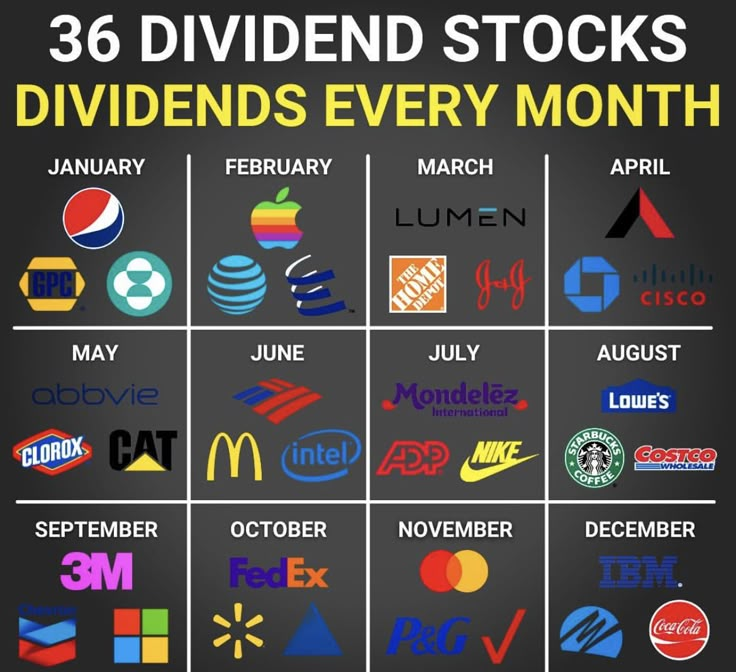High-Yield Dividends: A Simple, Effective Strategy

Table of Contents
Understanding High-Yield Dividends
What are High-Yield Dividends?
High-yield dividends are payments made by companies to their shareholders, representing a portion of the company's profits. They are considered "high-yield" when the dividend yield – the annual dividend payment divided by the stock price – exceeds a certain benchmark, often considered to be above the average yield of the broader market. This contrasts with low-yield dividend stocks which offer lower payouts relative to their share price. A crucial factor to consider is the dividend payout ratio, which shows the percentage of earnings paid out as dividends. A high payout ratio can indicate a commitment to dividends but may also signal concerns about future growth potential if the company isn't retaining enough earnings for reinvestment.
Examples of sectors known for historically higher dividend yields include utilities, real estate investment trusts (REITs), and certain consumer staples companies. However, it's crucial to remember that a high yield alone isn't a guarantee of a good investment.
The Benefits of High-Yield Dividend Investing
High-yield dividend investing offers several compelling advantages:
- Increased Passive Income Stream: Regular dividend payments provide a consistent stream of passive income, supplementing your other sources of revenue.
- Potential for Capital Appreciation: While the focus is on income, high-yield stocks can still appreciate in value over time, providing further returns beyond the dividends.
- Reduced Portfolio Volatility: Compared to growth stocks, high-yield dividend stocks often exhibit lower volatility, making them a more stable investment for risk-averse investors.
- Protection Against Inflation: Companies often increase their dividends to keep pace with inflation. This helps maintain the real value of your investment income.
Risks Associated with High-Yield Dividends
Despite the numerous advantages, high-yield dividend investing carries certain risks:
- Higher Risk of Dividend Cuts: Companies facing financial difficulties may reduce or even eliminate their dividend payments, significantly impacting your income stream.
- Potential for Lower Capital Appreciation: Compared to growth stocks focused on expansion, high-yield stocks may offer slower capital appreciation.
- Company-Specific Risks: The financial health of the underlying company significantly influences dividend sustainability. Poor management, increased competition, or economic downturns can all negatively impact a company's ability to maintain its dividend payments.
Identifying Strong High-Yield Dividend Stocks
Diligent research is crucial before investing in high-yield dividend stocks. Here are some key steps:
Fundamental Analysis
Thoroughly examine a company’s financial health. Key metrics include:
- Price-to-Earnings Ratio (P/E Ratio): A lower P/E ratio may suggest the stock is undervalued.
- Debt-to-Equity Ratio: A high debt-to-equity ratio can indicate higher financial risk.
- Dividend Payout Ratio: Assess whether the payout ratio is sustainable in the long term.
- Free Cash Flow: Ensuring the company has sufficient free cash flow to cover dividends is crucial.
Dividend History
Examine the company's dividend payment history. A consistent track record of dividend payments, even during economic downturns, is a positive sign of financial stability and management commitment to shareholders. Look for companies with a long history of increasing dividends, showing commitment to rewarding investors.
Industry Analysis
Analyze the industry's stability and growth potential. Investing in companies operating in stable, recession-resistant industries can reduce your risk.
Using Screening Tools
Several reputable online tools and resources can assist in screening for high-yield dividend stocks. Many brokerage platforms offer built-in screening tools, allowing you to filter stocks based on specific criteria like dividend yield, payout ratio, and market capitalization. Research and compare different platforms to find one that suits your investment style and needs.
Building a Diversified High-Yield Dividend Portfolio
Diversification is key to mitigating risk in any investment portfolio.
Diversification Across Sectors
Spread your investments across various sectors (e.g., utilities, healthcare, consumer staples) to reduce your exposure to industry-specific risks. Avoid concentrating your portfolio in a single sector.
Geographic Diversification
Consider investing in companies from different countries to further reduce your risk. International diversification helps to mitigate the impact of economic downturns in a single region.
Rebalancing Your Portfolio
Regularly rebalance your portfolio to maintain your desired asset allocation. This involves selling some of your higher-performing investments and buying more of your underperforming ones, keeping your risk profile in check.
Reinvesting Dividends
Consider reinvesting your dividends to take advantage of the power of compounding. Dividend reinvestment plans (DRIPs) allow you to automatically reinvest your dividend payments to purchase more shares, accelerating your portfolio growth.
Tax Implications of High-Yield Dividends
Understanding the tax implications of high-yield dividends is crucial for effective portfolio management.
Tax Rates on Dividends
Dividends are taxed as ordinary income, but the tax rate can vary depending on whether they are qualified or non-qualified dividends. Qualified dividends generally receive a lower tax rate than non-qualified dividends.
Tax-Advantaged Accounts
Consider holding high-yield dividend stocks within tax-advantaged accounts like Individual Retirement Accounts (IRAs) or 401(k)s to minimize your tax burden.
Conclusion
High-yield dividend investing can be a powerful strategy for generating passive income and building long-term wealth. However, success requires careful research, including thorough fundamental analysis, reviewing dividend history, and understanding industry dynamics. Building a diversified portfolio across different sectors and geographies is critical to mitigate risk. Remember to consider the tax implications and utilize tax-advantaged accounts where appropriate.
Ready to start building your own high-yield dividend portfolio? Begin your journey towards financial freedom by researching and selecting strong high-yield dividend stocks today. Learn more about effective high-yield dividend strategies and unlock the potential for consistent passive income. Remember to always conduct thorough research before making any investment decisions.

Featured Posts
-
 Jose Aldo L Art De L Adaptation Dans Le Mma
May 11, 2025
Jose Aldo L Art De L Adaptation Dans Le Mma
May 11, 2025 -
 Cbss Vma Simulcast The End Of Mtv As We Know It
May 11, 2025
Cbss Vma Simulcast The End Of Mtv As We Know It
May 11, 2025 -
 3 000 Diamond Ring Selena Gomezs Discounted Benny Blanco Gift
May 11, 2025
3 000 Diamond Ring Selena Gomezs Discounted Benny Blanco Gift
May 11, 2025 -
 How Apples Strategies Could Benefit Google In The Long Run
May 11, 2025
How Apples Strategies Could Benefit Google In The Long Run
May 11, 2025 -
 Sirens Of The Deep Why Henry Cavill Isnt Returning As Geralt In The Witcher
May 11, 2025
Sirens Of The Deep Why Henry Cavill Isnt Returning As Geralt In The Witcher
May 11, 2025
